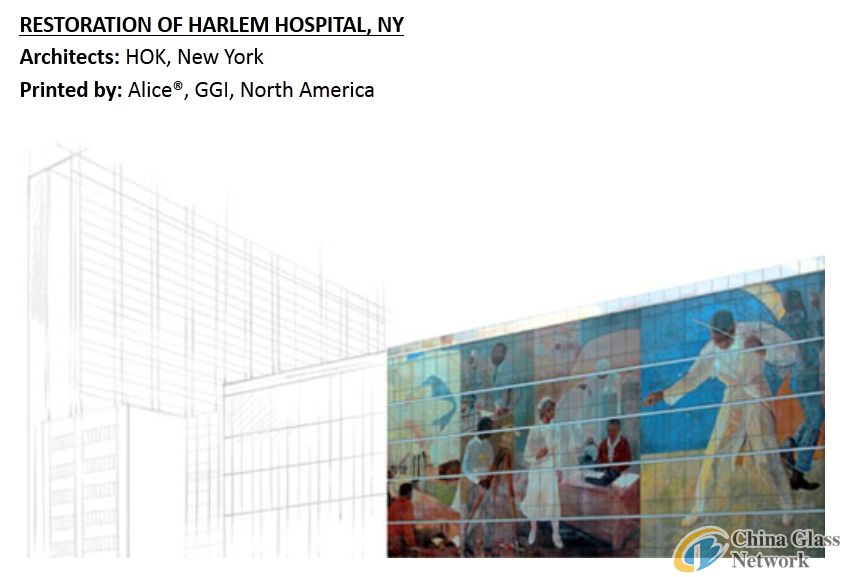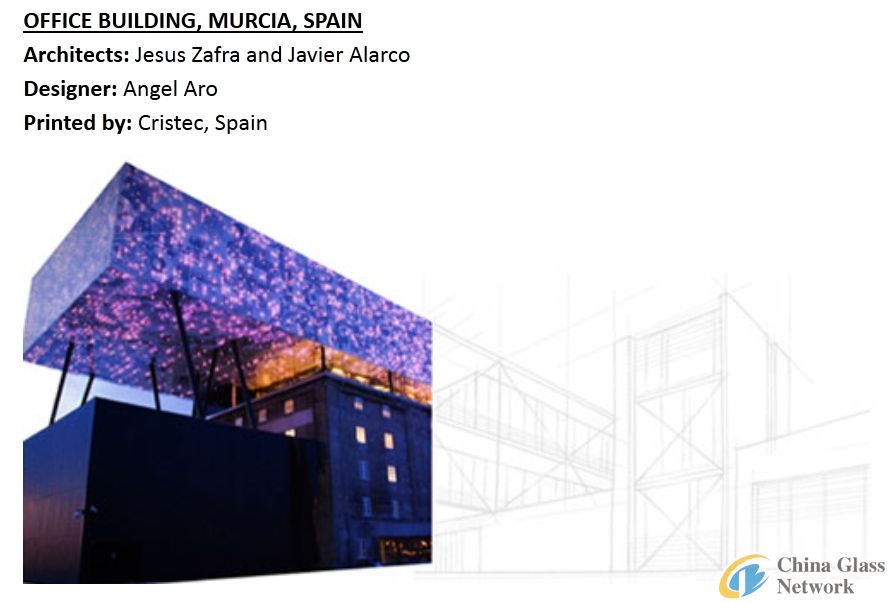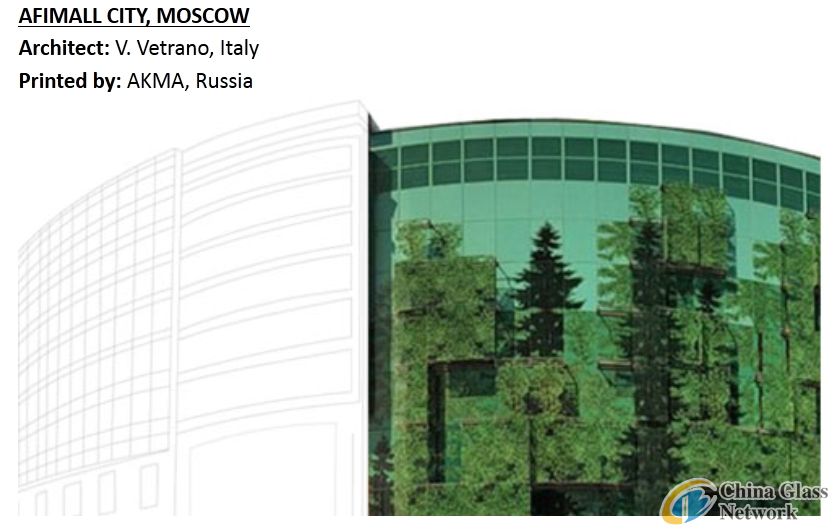Post Time:Dec 18,2012Classify:Industry NewsView:558
As a recyclable, non-toxic and transparent material, glass is one of the most sustainability-friendly materials available for architecture and interior design.
Recyclability is obviously a major factor in sustainability; but the benefits of glass for ecologically responsible architecture start long before it’s ready for the recycling center.
Integrating glass elements in or on top of existing walls, floors and other architectural elements enables existing structures to be updated and repurposed rather than replaced. This can help preserve the traditional character of a building or neighborhood and help reduce the amount of other materials sent to recycling or the landfill.
Additionally, the innate translucency of glass provides another boost to sustainability by enabling the use of natural light instead of electric lighting, reducing a building’s energy consumption over time. That’s the good news. The not-so-good news is that while letting in a lot of light, clear glass does not provide good heat insulation – in cold regions it lets indoor heat out and in hot zones, it transmits the heat from the outside in. This can increase the need for artificial cooling or heating depending on the climate and weather conditions.
Dip-Tech digital in-glass printing for architecture



Go further and do more with digitally printed glass
With Dip-Tech, architects and interior designers can break free from the traditional constraints of screen printing and non-ceramic digital printing technologies. This means it is possible to:
· Support sustainable architecture by using digital in-glass printing to enhance energy efficiency, sun control, light diffusion and light transmission, all while using a recyclable, non-toxic material.
· Leverage glass for functional performance by using special inks and printing in controlled patterns and locations on the glass. This makes it possible to provide different levels of privacy and enhance architectural elements with electrical conductivity and skid resistance.
· Use printed glass for virtually any architectural element. The complete predictability, repeatability, and ceramic ink durability provided by Dip-Tech digital in-glass printing make it suitable for any exterior or interior application, from small panes to building facades, and even for super structures.
· Create varied designs in-glass. With Dip-Tech, architects can see their imagination expressed in glass, through photorealistic images, graphic designs, patterns, textures, opacity, transparency, gradients and etch effects.
Source: DIP Tech Ltd.Author: shangyi
PrevIntroducing Pilkington MirroVie
Price of Jewelry Blue Glass on December 18 from China Glass Network Next